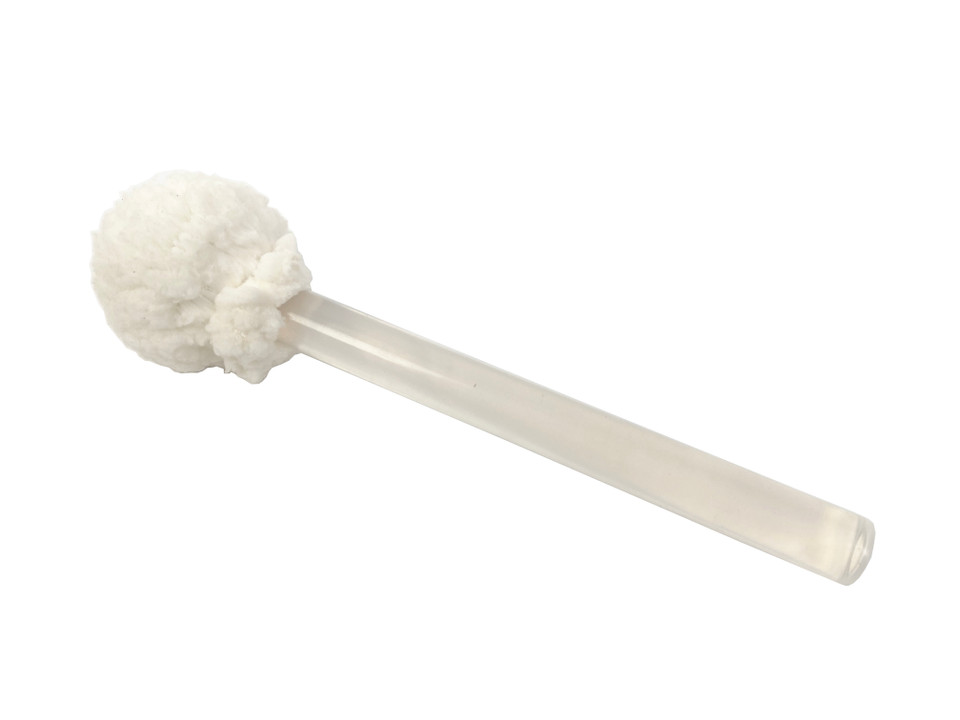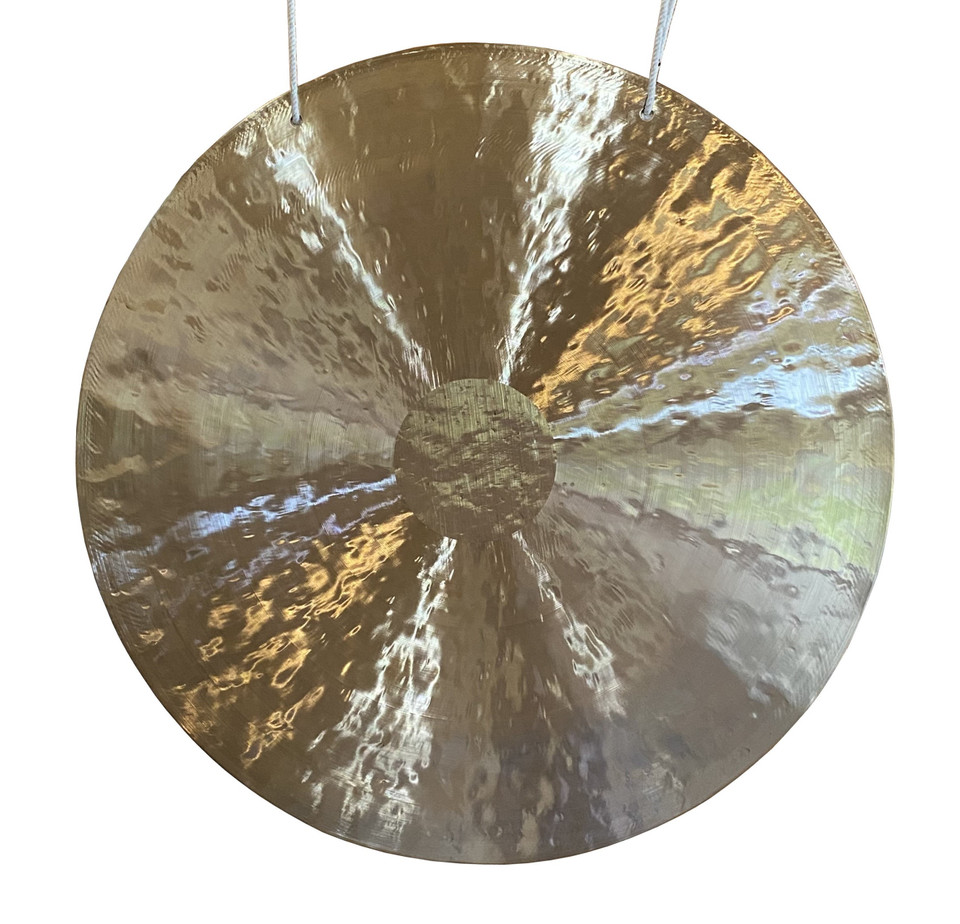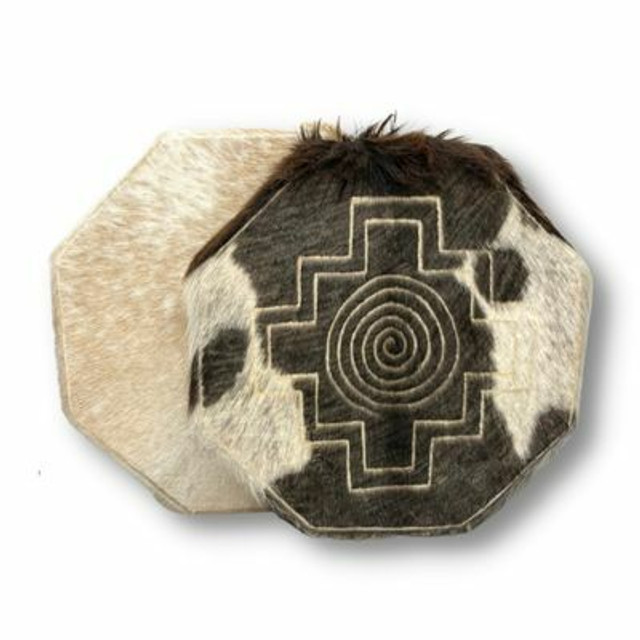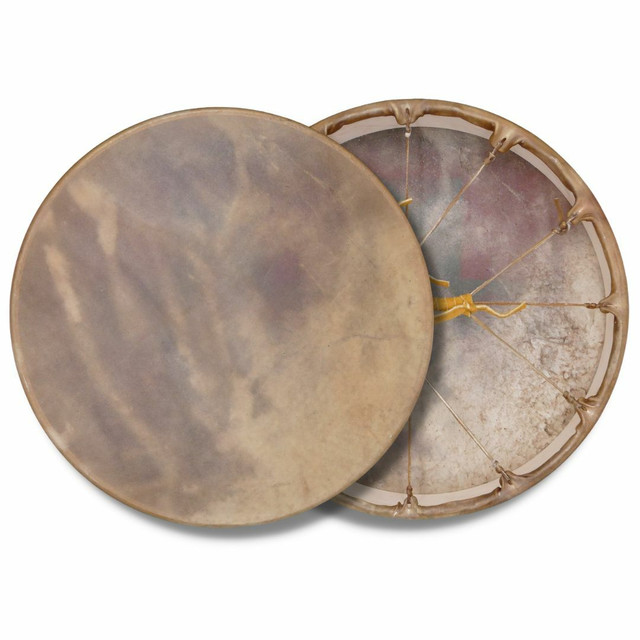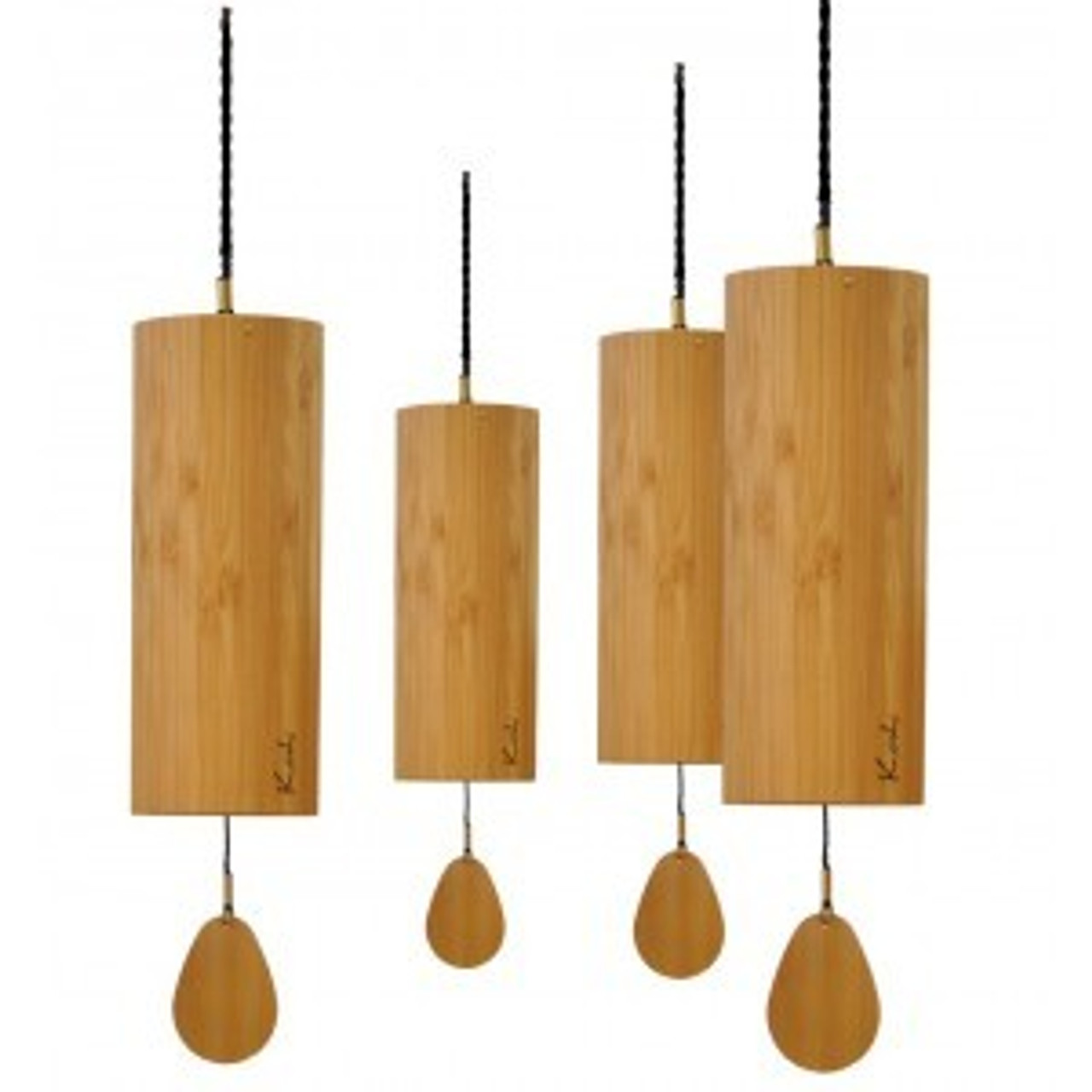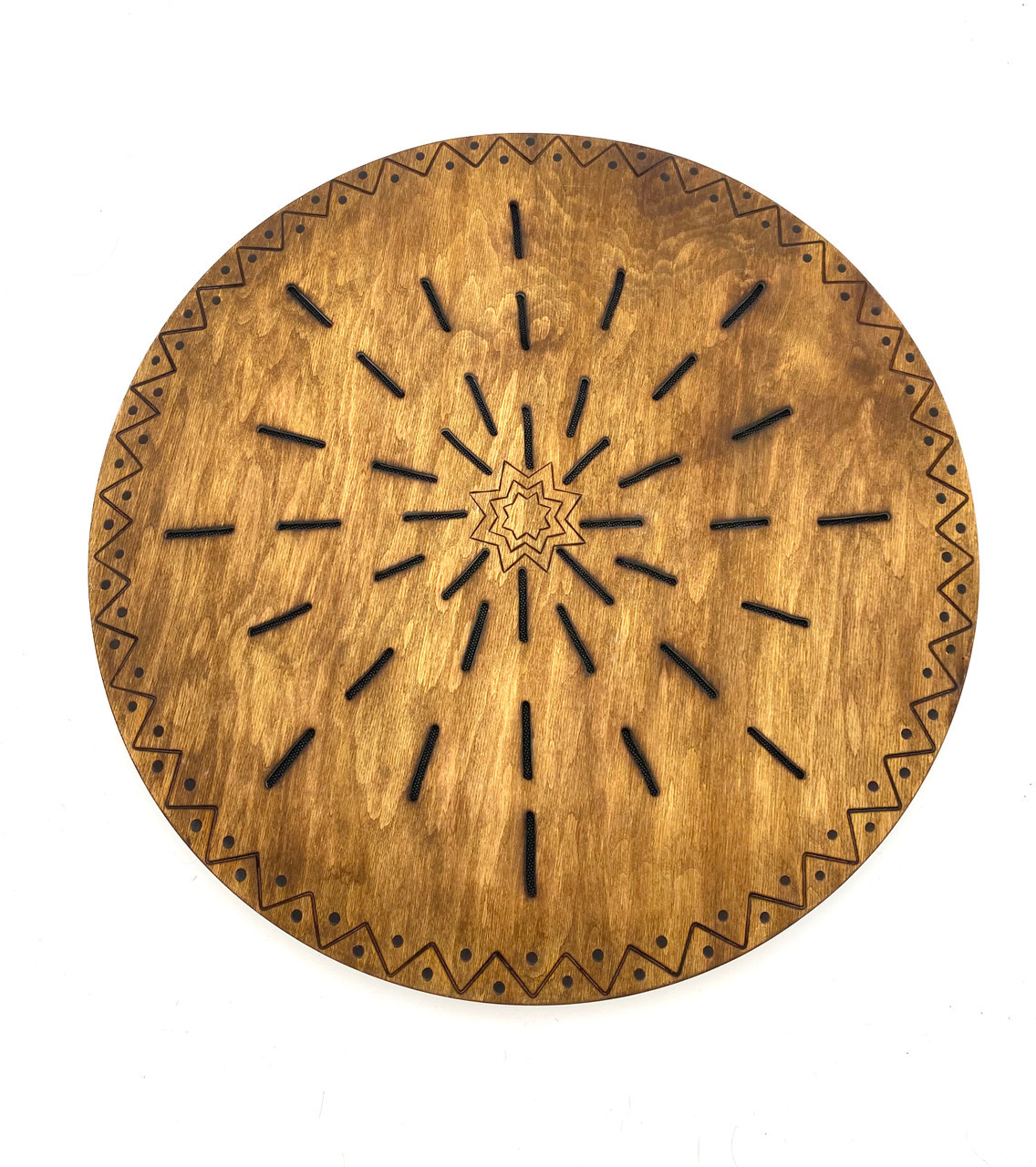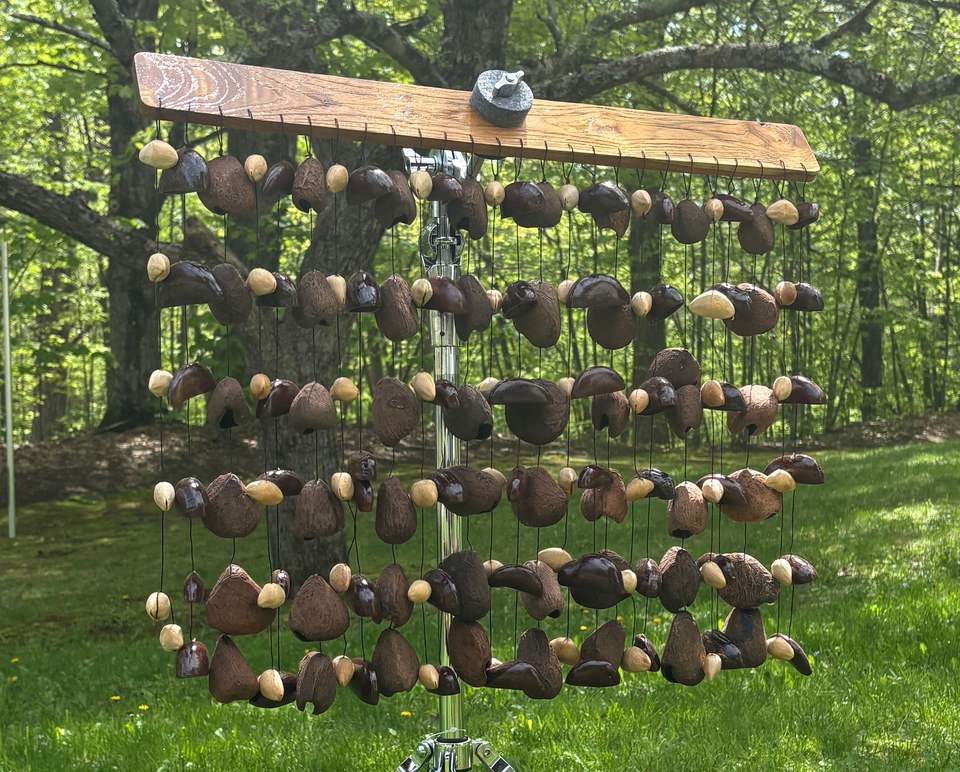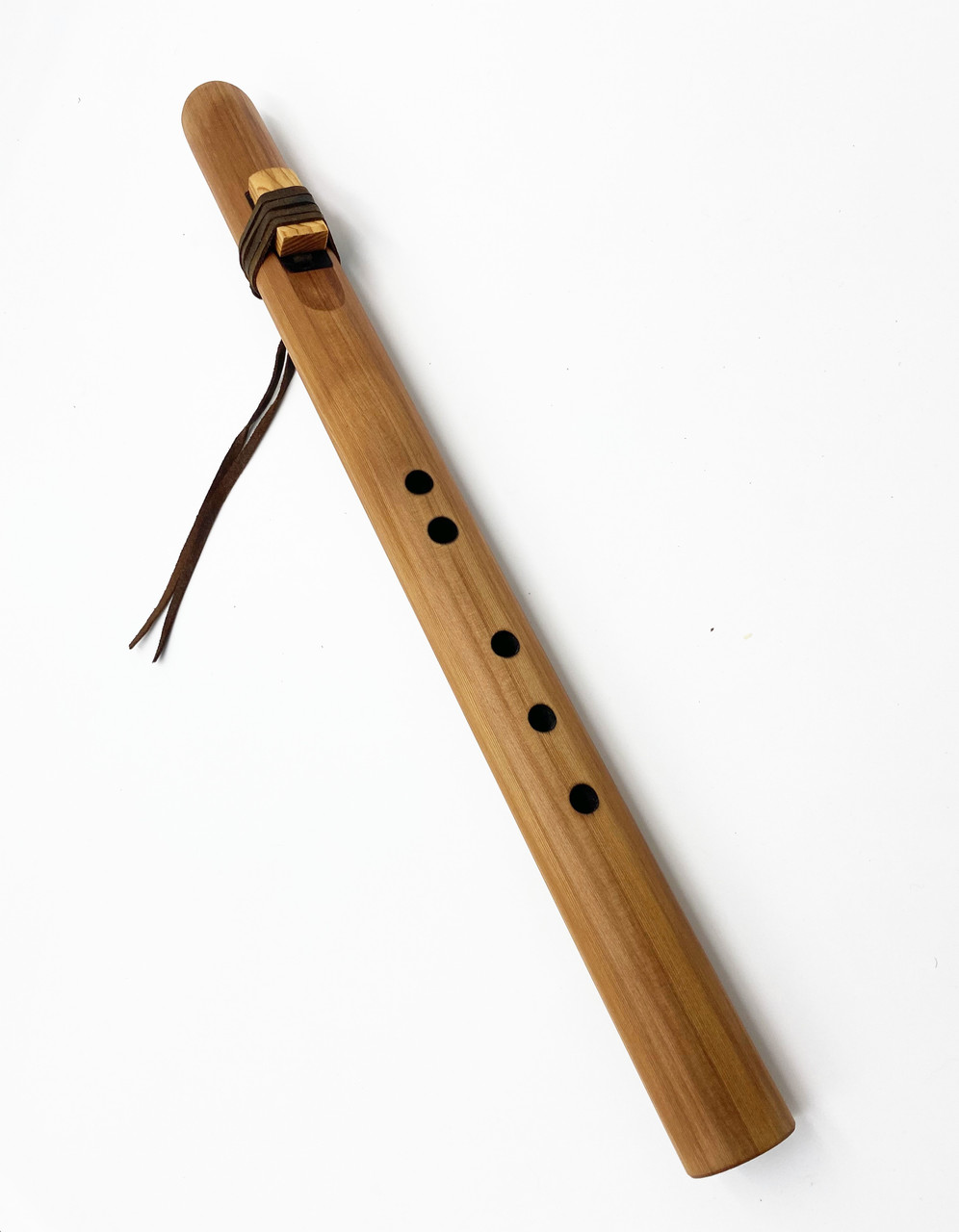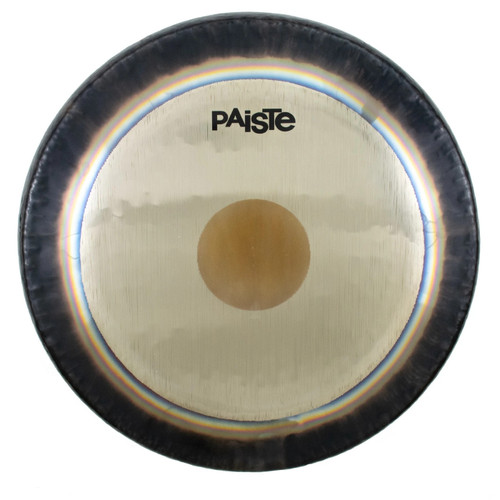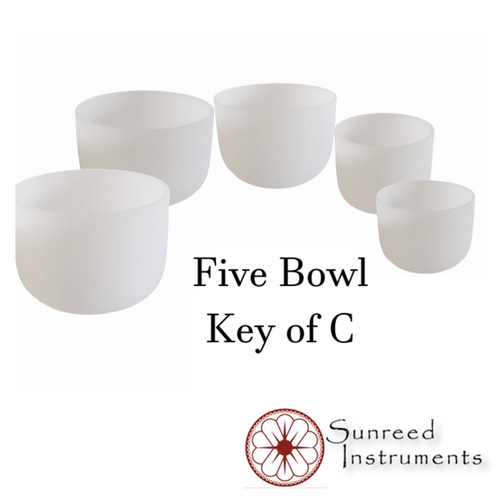
40" SYMPHONIC
40 Inch Paiste Symphonic Gong - Out of Stock
This product is out of stock.
Size: ~40”
When And How Will It Ship: This gong typically will ship out next day with either FedEx or UPS, and arrive within 5-7 business days.
What You’ll Receive: One 40” Paiste Symphonic Gong with logo, and an option of metal stand and mallet as pictured. (Tai Loi logo and No logo symphonic gong available upon request. Leave this request in the notes during checkout).
Free Educational Download: Every gong purchase includes a free educational download (downloadable from the order confirmation email), on how to integrate a gong in your therapeutic practice.
Product Description: At this size the gong is a low-toned instrument and too heavy to carry by hand. The vibration on a gong this size will be felt greatly as waves over your body. There will be a wealth of space between the fundamental note and a full crash of the gong, so there are many layers of binaurals and chords that will come out as you continue to hit the gong.
Paiste symphonic gongs are very similar to the traditional Chinese chau gongs, being the same shape and with many of the same qualities. They tell a similar story when played. The symphonic gongs can even be understood as a highly refined version of the chau gong. When you strike the symphonic gong, you get a whole clear note. Paiste writing on their understanding of the word symphonic, “the characterizing word Symphonic thereby should not be misinterpreted as describing the literal sense of classical symphonic orchestra application but its original sense to unite harmonic sounds.” Where the chau gong can sometimes venture off without a clear note structure, a Paiste symphonic gong will maintain a sense of clarity and harmony from the fundamental through crashing. Paiste writes, “the fundamental note of the gong is balanced with the instrument’s complex overtones.” A symphonic gong tells a harmonic story then. When you hit the gong, you get a clear fundamental note. As you continue to strike the gong, more and more higher overtones are produced that work alongside the fundamental. Every time you strike the gong, a new layer of sound and binaural can be discovered, until the gong crashes as a unified higher harmonic.
What Mallet Should I Use With This Gong?: Like drums, gongs have two different main styles for mallets, hard mallets and soft mallets. We typically recommend starting with a soft mallet when purchasing a gong. This will bring out the most warmth from the gong, the deepest fundamental, and most soothing sound. It will also bring out the crash gently, in a highly controlled way. A harder gong mallet will bring out the higher overtones faster, which can be used as a percussive technique, though for the simple task of meditating with a gong, we suggest beginning with a soft covered mallet, and then seeing where you would like to explore from there. Do not use Chinese clothed wrapped mallets with this gong, as it will leave marks on the highly polished surface.
For this gong we suggest the Dragonfly Resonance Series XL. It is exceptional for its light weight and soft, rich tone, and is a good size for this gong.
Tips For How To Choose A Gong: To choose a gong, consider the following characteristics, weight and quality of sound.
Weight: are you going to be needing to carry this gong, or transport the gong? Gongs that are under 26 inches are generally easier to hold in your hand, and play while holding it. You can then walk around a room holding and playing a gong. In a sound bath for instance, you can play gongs near people, and let them feel the vibration. Gongs over 24 inches are harder to do this with, as they are fairly heavy.
Quality of Sound: the most important quality of a gong is whether or not you like the sound. Listen to the sound files and explore how the gong moves you. Your relationship with the sound will be the most important factor in your working with it. It does not need to be the most expensive gong for you to connect with it’s vibration, and use it to go into coherent states of wellbeing. It can be a inexpensive chau or wind gong, or a highly priced Meinl or Paiste gong, they all work. Please take some time to consider the sound files to find a size and style that works for you.
Generally, as you get larger in size you will get more space between the bass note of the gong and the crash. In a small gong, you can hit it and get a bass note, and then hit it again and it will easily crash. In a large gong, you will hit it once and get the bass note, and then can hit it again and again and uncover more and more sound until you eventually get to the crash. There will be “more to explore” in terms of variety of vibrations coming from the gong, and more complexity in binaurals. As you get larger, you as well get a longer sustain. For example a gong that is 32" or larger will sustain its fundamental for a good deal of time, so you can more get "lost" in the tone, compared to a 18" gong, which will have little sustain.
Another factor to consider, is will the gong sound well with other instruments you are going to be playing with it. One nice benefit of the tuned gongs, such as planetary gongs or the flower of life gongs, is that you will know the hz value the gong will play to, and can buy a gong you will know will match the instruments you have. If you need help in this, we can definitely support you! Just give us a call!





